Breaking Ground
Unique Moments of Trail Crew Life
Story by Chris Bjork
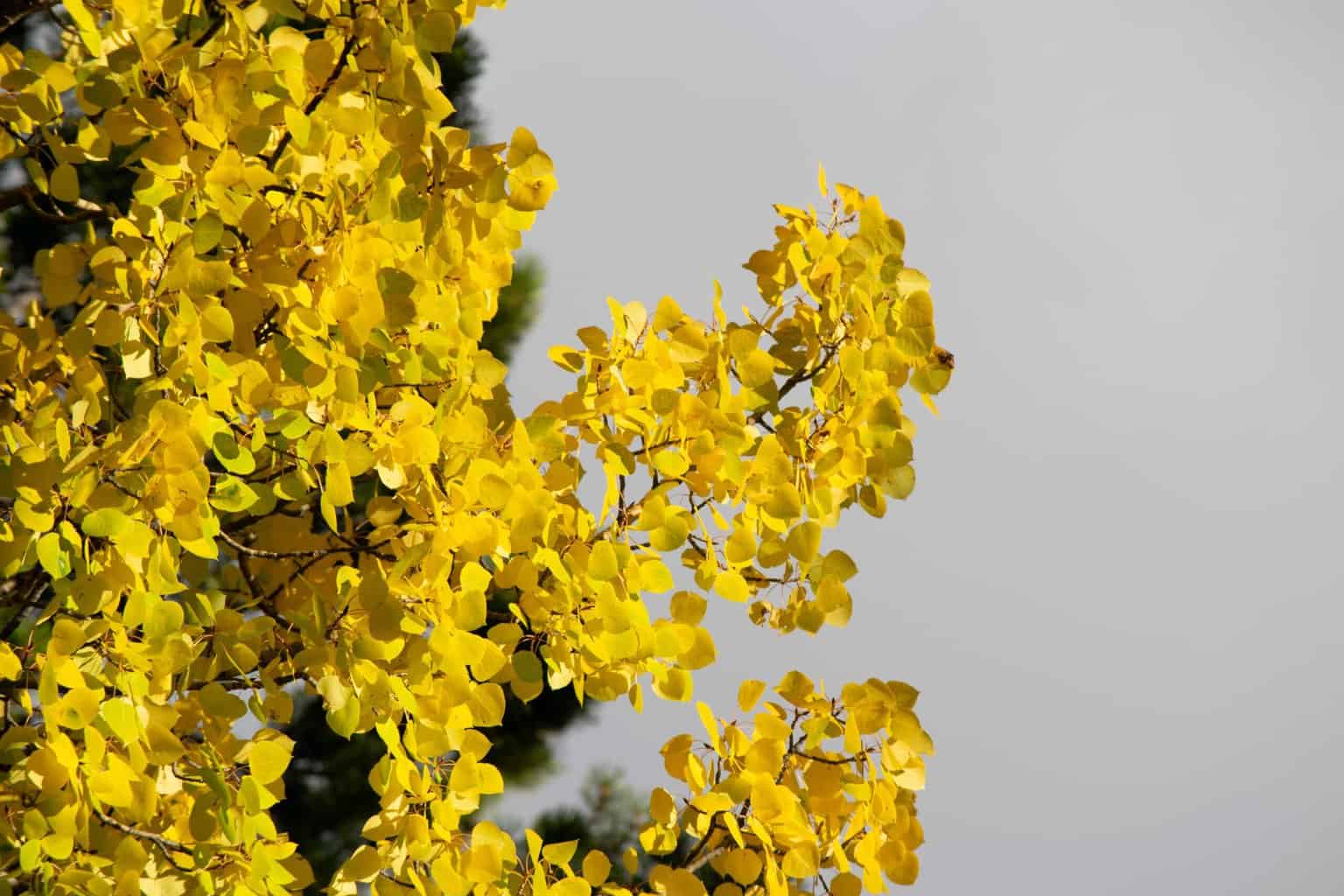
Photos by Riley Olds
Hitch 6
Day one on hitch six began with a small but significant victory. During the off hitch, I came up with a better way to stock my food, avoiding a second trip to retrieve the rest of my supplies. I was now armed with two dry food sacks attached to the back of my backpack, a filled grocery bag in one hand, and a small cooler in the other. I began work on my second timber check step on Wednesday, located near the beginning location of this season’s route. It was one of 35 check steps our crew would install for the 2024 field season.
These subsurface stabilization structures are a huge resource on trails in the backcountry because of their ability to mitigate erosion in areas vulnerable to rain runoff.
Thursday morning, we set out to the upper switchback where we began work on creating two timber retaining walls above and below the 180-degree bend. The next three days comprised of felling and stripping 12-to-13-foot pine timber logs to prepare the foundational support for the structures. It was a methodical and steadily paced project that required a combined team effort for proper time and task management. Learning to control my balance on the damp slope was a bit of a challenge while the team carried each log down to tread.

Chris Bjork
Lower Shavano Crew Member 2024
After the stripping was done, it was many hours of trial and error placing and sizing the timber logs and backfilling behind them. Once the final touches crushing behind the wall, orienting the logs and perfectly avoiding any warps, bulges or offsets was finished, the top retaining wall was finally complete. Our mood lifted as we took a moment to admire and naturalize the perimeter of the structure. The finished products for both walls became two of the biggest achievements of the season for our crew. It was by far the biggest and most elaborate outdoor structure I helped to construct. For the latter half of the hitch, Tyler, Riley and I advanced to the next uncut section of bench as the weather cleared. It felt refreshing to finally switch gears to doing independent tread work again after having a bulk of the week dedicated to finishing both walls. Little did I know this second to last section I was working on would be the most challenging all season.
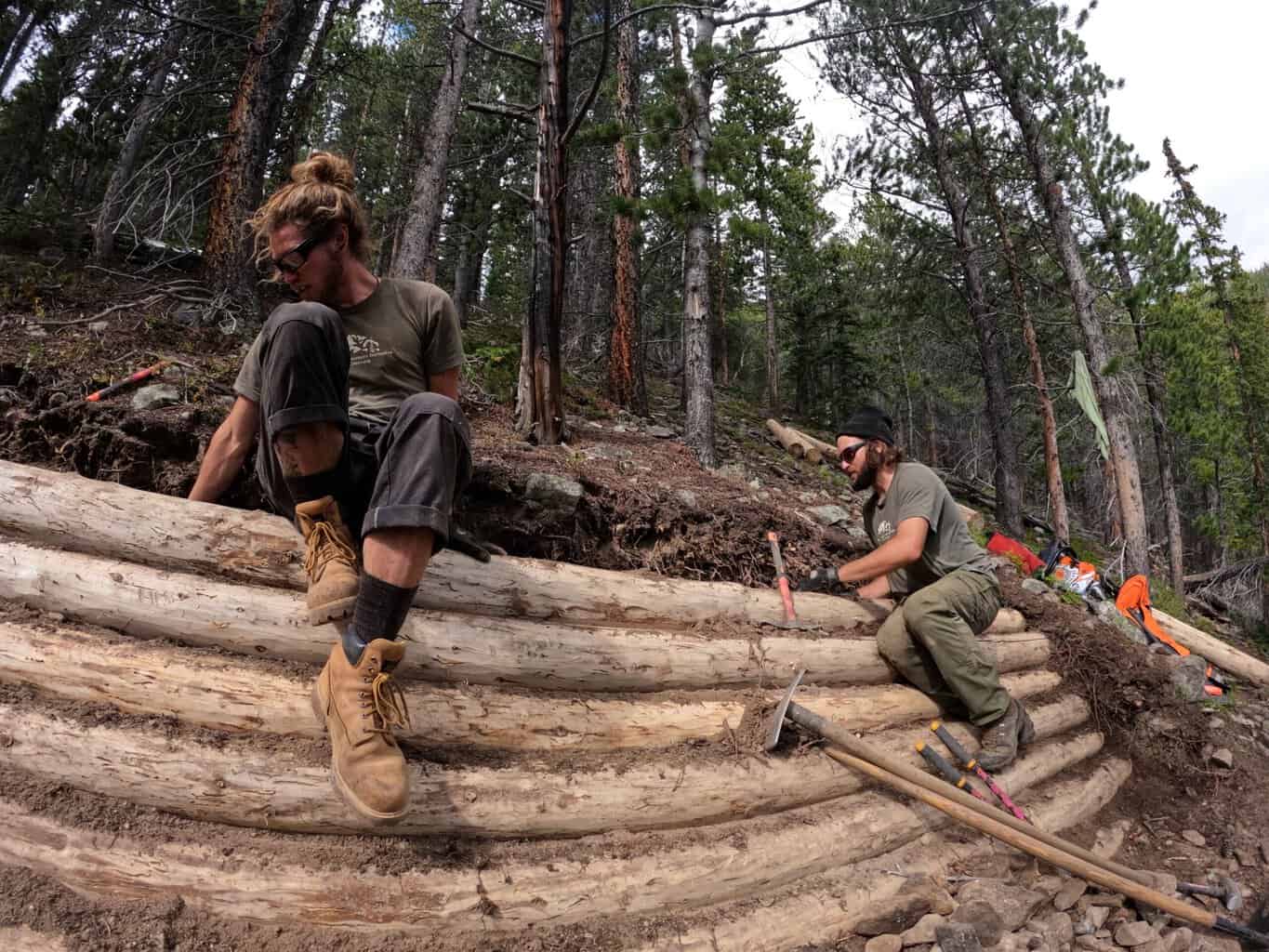
Hitch 7
The drive to the trailhead on Shavano this week started an hour later as it became apparent how much shorter the days were getting in the backcountry. Our crew shuffled out of the work trucks in unison, greeting the sunshine as we strapped on our packs and got ready to hike up our gear a seventh time. It struck me how much closer we were to the end. I looked over to Dave as we locked up the truck and grabbed our final belongings. “It’s nice to know we only have to do this two more times,” Dave said. I felt the heavier load I was carrying due to the second meal I was preparing for my crew. After going through the typical motions of setting up our tents and storing our food into bear boxes, we made haste to the sections we left last hitch.
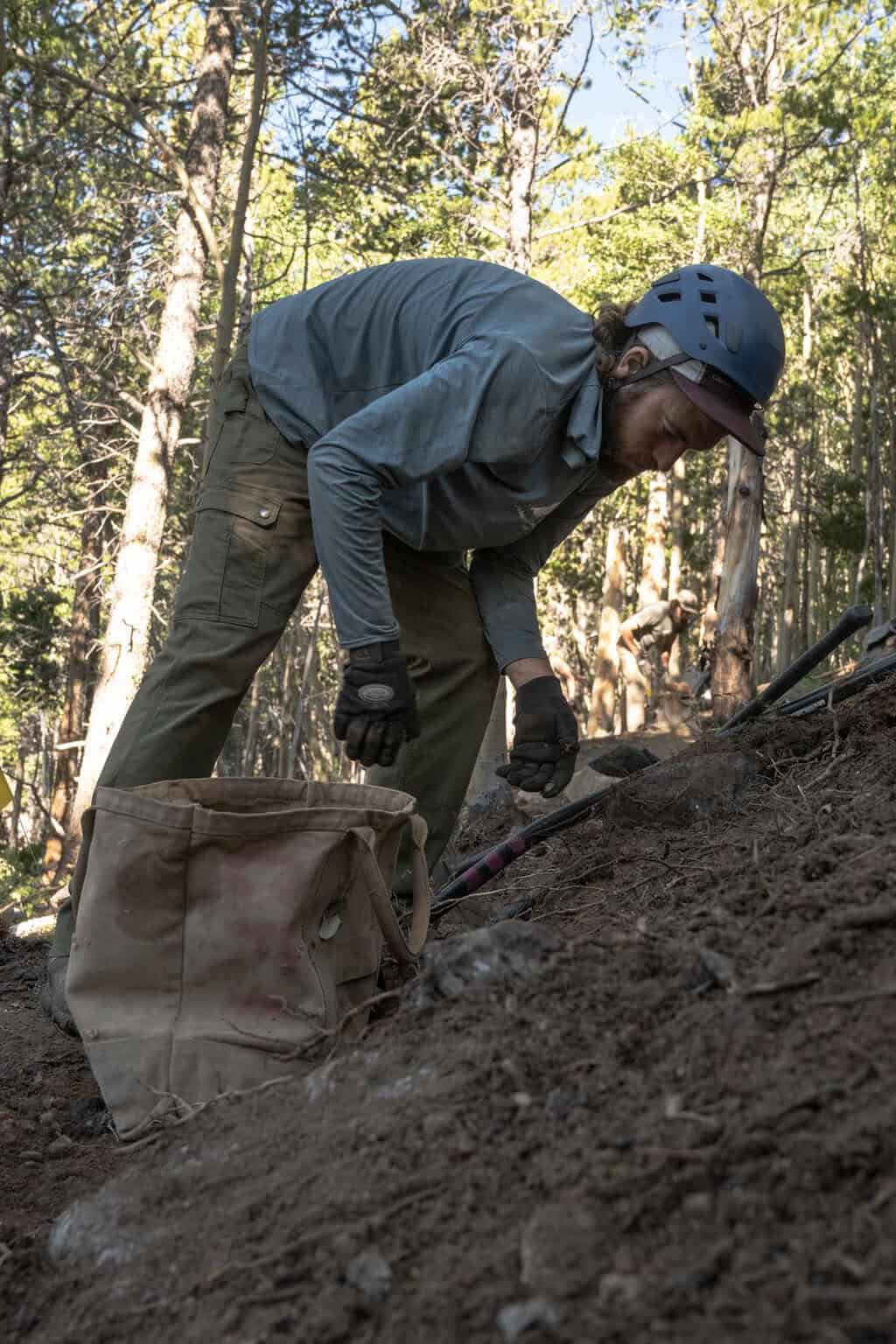
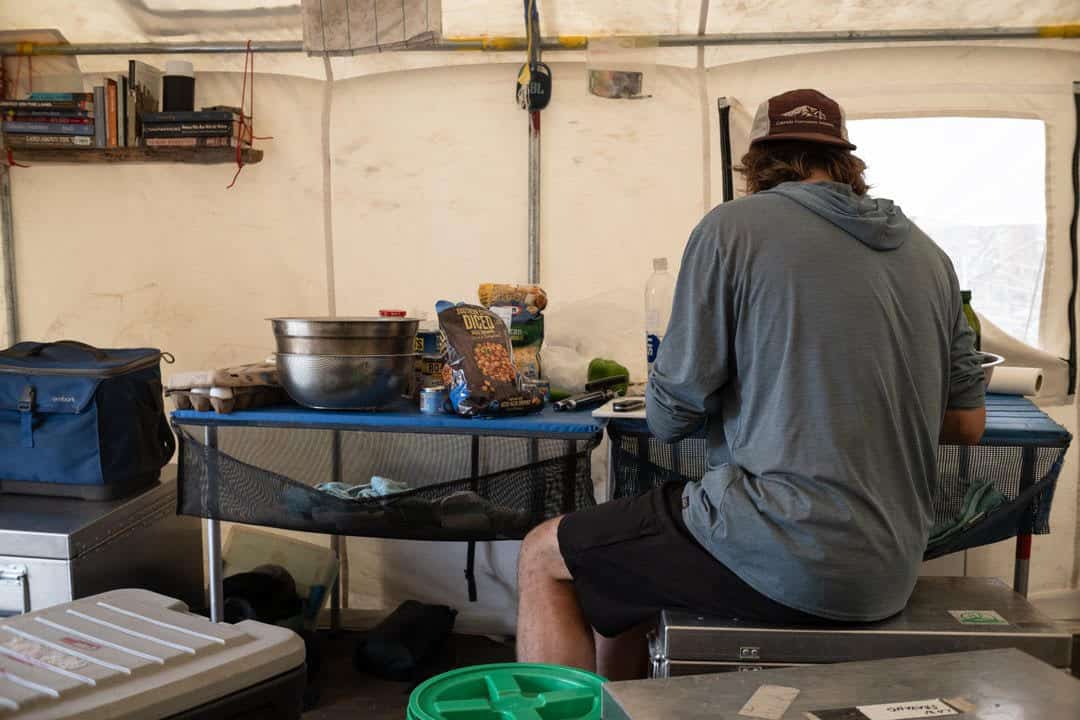
The next two days served as the ultimate test regarding my personal limits with patience, maintaining perseverance, and controlling my frustration. This was due to the adversities I had to overcome in the section I was working. The area was quite deceiving with how mellow it appeared at first while scraping away the topsoil within the flag line the last days on the previous hitch. It wasn’t until I shaped my hinge and began digging towards the deeper layer of dirt in the middle segment that I discovered this spot’s real difficulties. From this point, the more I attempted to progress, the more I unearthed some of the biggest granite boulders so far.
Each boulder was about the size of a small refrigerator and some bigger, resting in the center of the trail. Whenever my pickaxe hit a solid surface while digging to the planned depth of the bench, I knew it was likely going to be something colossal. Getting past these obstacles required regular use of the double jack to attempt breaking the boulders down to smaller pieces and a rock bar to pry out the ones that wouldn’t. The biggest boulder sat directly in the middle of the tread at the center of the section. It took a team effort from Tyler, David, Riley and me to loosen it with the rock bar and break it down with several swings of the double jack. After some blood, sweat and tears while carefully designing and constructing a mono-wall just behind the first flag line of the section, I finally completed the last portion.
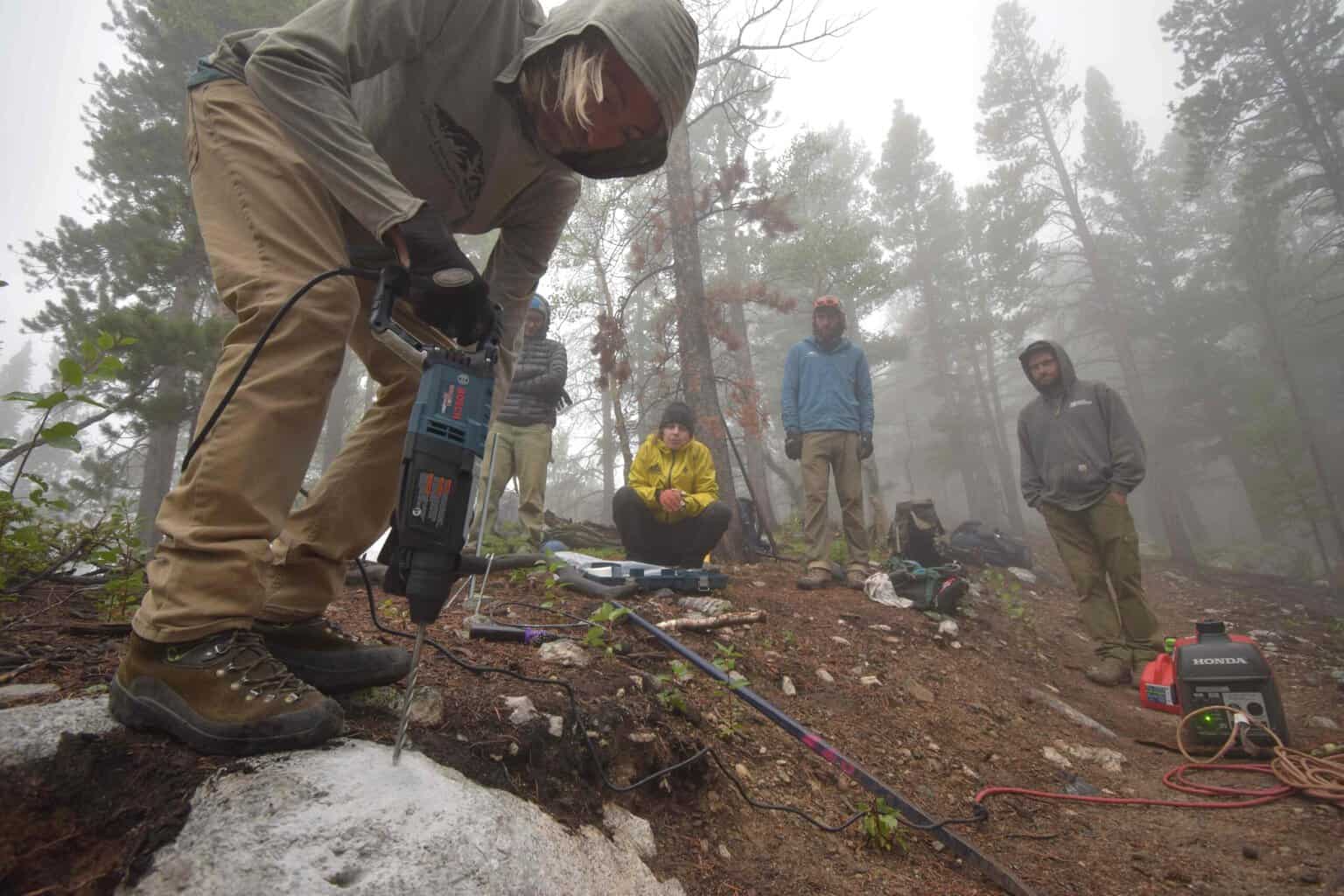
We were greeted with some great news on Thursday when Tom confirmed that we would be blasting some granite boulders for the next two days. It was a project mentioned at the beginning of the season, and we were eager to finally work with some explosives on the mountain. The objective was to blast away boulders deemed hazardous for hikers that were obstructing parts of the trail. The rocks required people stepping over, around and sometimes going briefly off trail. The explosives contained 375 magnum cartridges that were inserted into drilled holes in the rock. We were able to fine tune each step with the proper number of cartridges, the depth to drill, and where to place the explosives. The power of the blasts exceeded my expectations. It was quite an exciting moment as the echo of the detonations mixed with our crew’s laughter and shouts of excitement.
The second half of the hitch was spent carving a new trail as each crew member bumped to their final section of bench and backslope to form. It felt especially rewarding to know we were close to being finished as the sun shined down for our last days of the week.
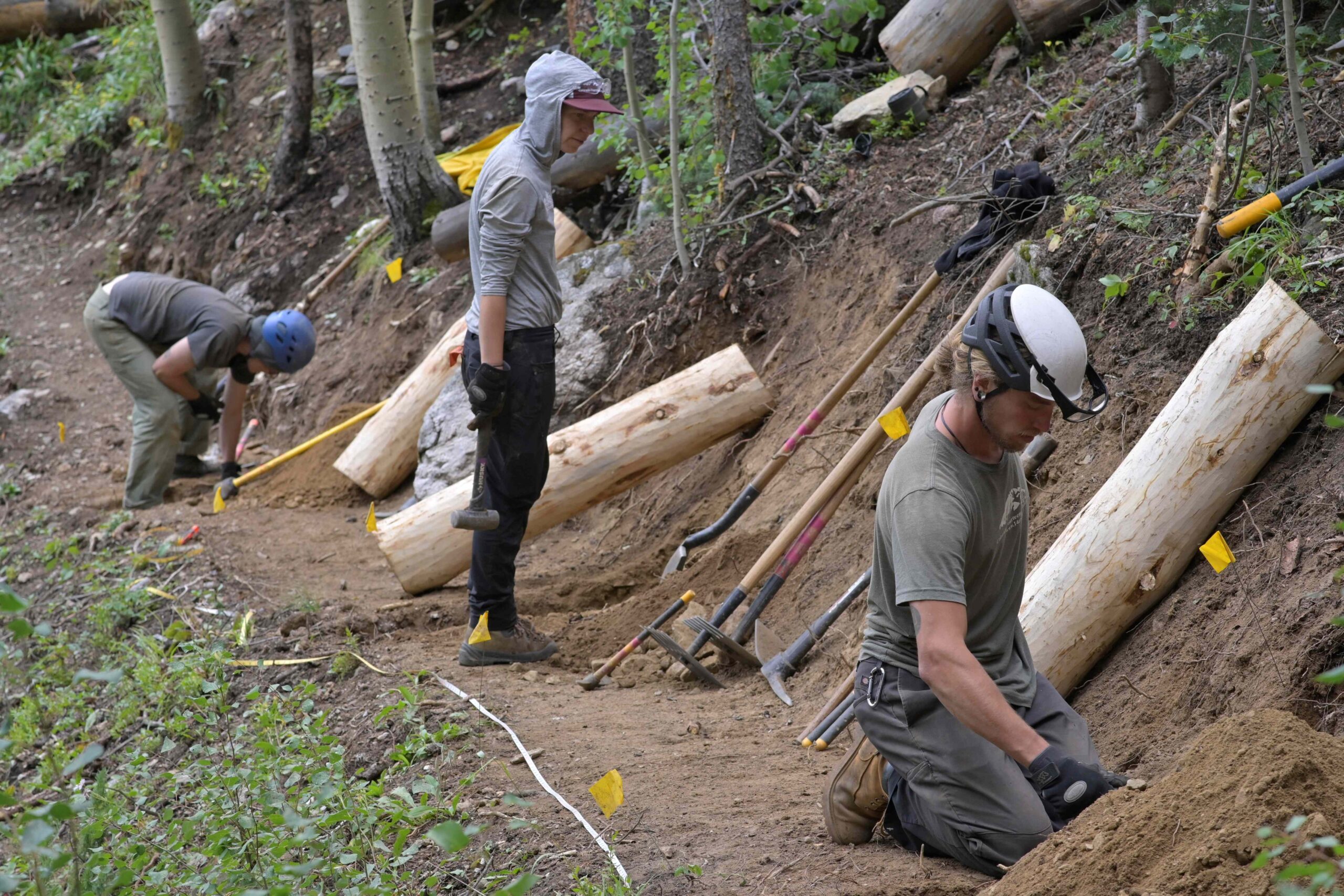
Hitch 8
As we drove up the forest service access road to the base of Mount Shavano for the final time, I immediately noticed the transformation of colors on the mountain. Bursts of yellow, pink, red and green sprinkled through the vegetation everywhere on the mountain. It seemed as if the aspens were growing more golden with each day, changing colors overnight during our off hitch. Bittersweet emotions brewed as I hiked up the final time, taking extra consideration to appreciate every flower and tree around me. I had grown to love Mount Shavano, connected to this collegiate fourteener more than any other I summitted in Colorado.
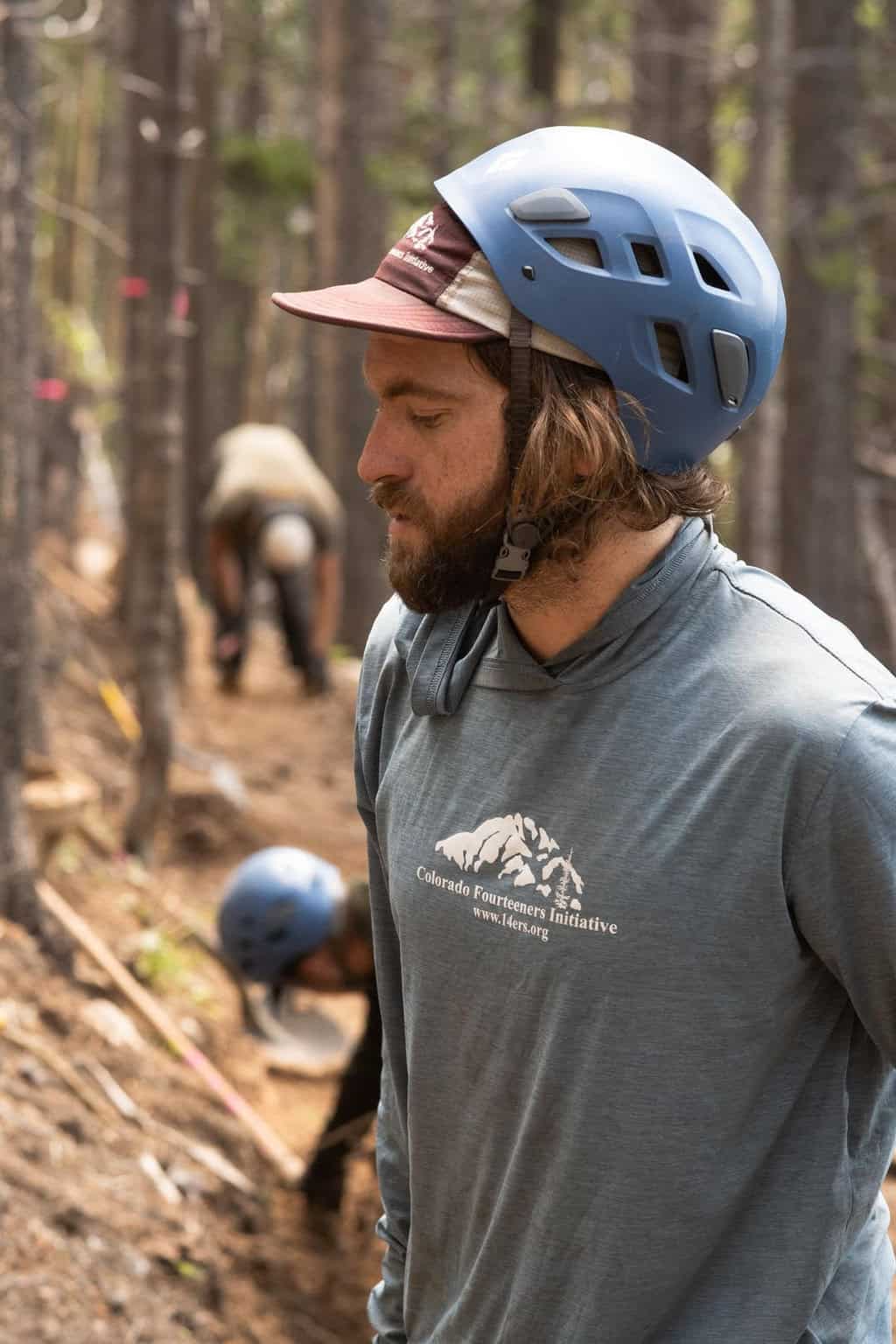
The mission for this last hitch was to clear as much corridor as we could so the route could be continued for next season and disassemble our basecamp. We enjoyed our final day of blasting granite on Wednesday, focusing on a rock that was a few feet past the top retaining wall. We attempted blasting the top half of the rock to try and make a step. The strategic placement of the explosives at the top of the rock delivered satisfying results as the top crown of the boulder sheared off, forming an adequate stone step. Day four was set to be our final work day on Mount Shavano as our team continued grip hoisting out low pine and aspen stumps for the remainder of the corridor.
Along with pulling stumps, we also cleared the area below the corridor to naturalize the surrounding area. At this point of the season, after confirmation from the forest service and our supervisor, Tom, we successfully advanced past our goal of creating new trail to 8400 total feet including the finished trail from last year. After finishing the last bit of work in the uncut corridor for next season, we hurried to our basecamp as dark clouds moved closer.
As we enjoyed our last communal dinner together, snow swept in on the evening of our fourth day. The silence, brought by the weather, caught my attention as the flurries intensified with each hour. Our crew remarked how the colder conditions provided a sign that it was finally time for us to get off the mountain. The storm lasted into the early hours of Sunday morning with around four inches of accumulation. It was easily the coldest two days during the season. Hand warmers in all our sleeping bags and constant tent maintenance kept us occupied and prevented some tents from caving in from the thick wet powder.
Beginning on the morning of the fifth day, with additional assistance from Tom, we began tearing down our basecamp. After dismantling the wall tent, carrying down several rounds of hand tools and emptying out our bear boxes, we made our final trip to the parking lot. After a majority of the tools and tent supplies were hauled down, the last of the bulky materials were left for the mule pack string. We enjoyed our last night on the mountain circled around a fire with the high crew. As we reminisced about the highlights and hurdles of the season, there was a sense of grand accomplishment that we all acknowledged. As I gazed into the crystal, starry night sky, discussions cycled between plans for the fall and winter season, experiences on the mountain and the goals we completed. A wave of gratitude swept over me. I knew I had found a growing passion in this type of work that would continue to inspire me. I finally found a way to connect my love for the wilderness in a career field that allows me the opportunity to protect the wild while learning so much about the mountains – and myself.
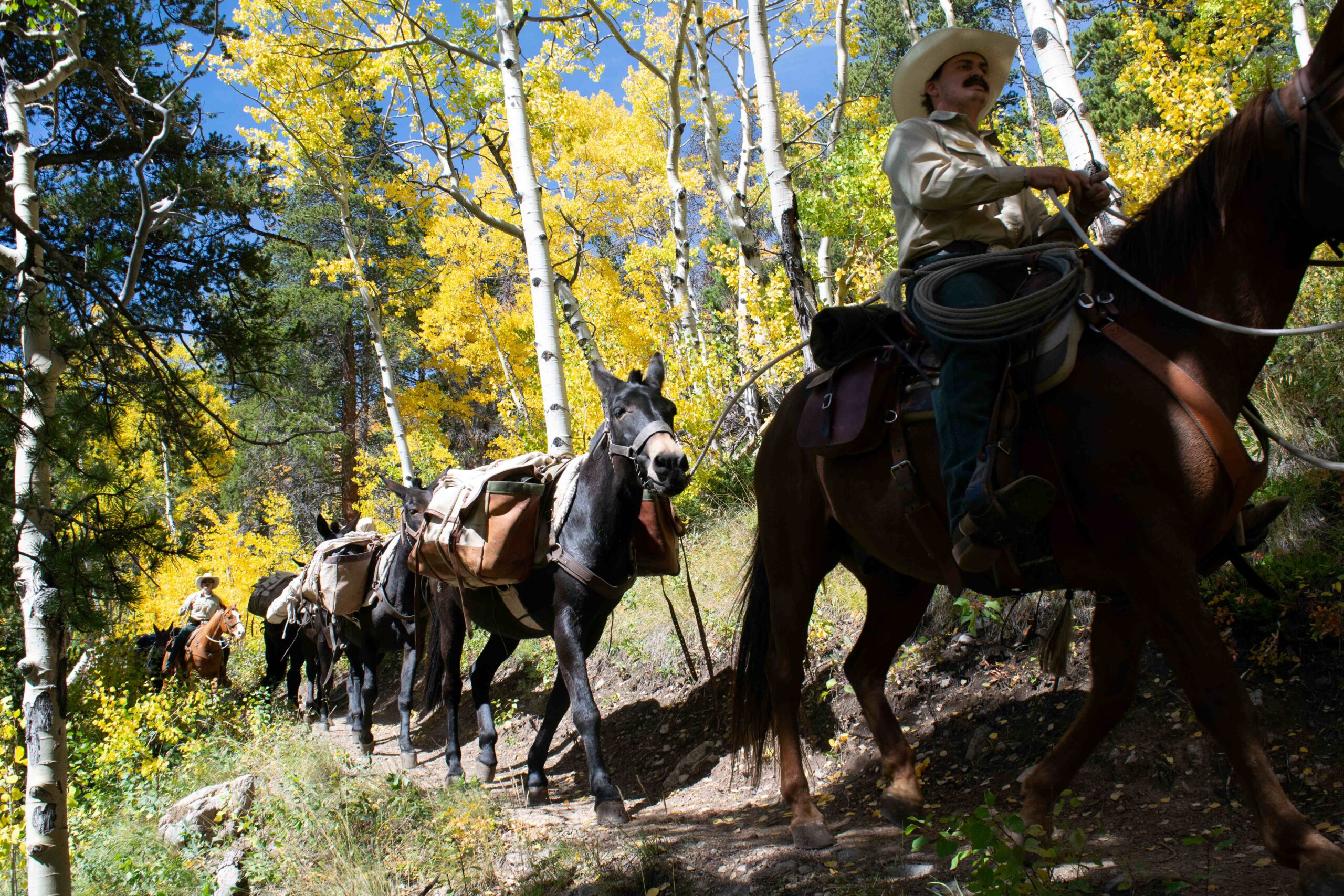
Lower Shavano End of Season Totals:
Tread: 2,200 linear ft
Dirt hauled: 7,900 cubic ft
Trees felled: 130
Restoration: 3,250 linear ft
Checks: 35
Stumps pulled: 46
Rip rap: 110 sq ft.
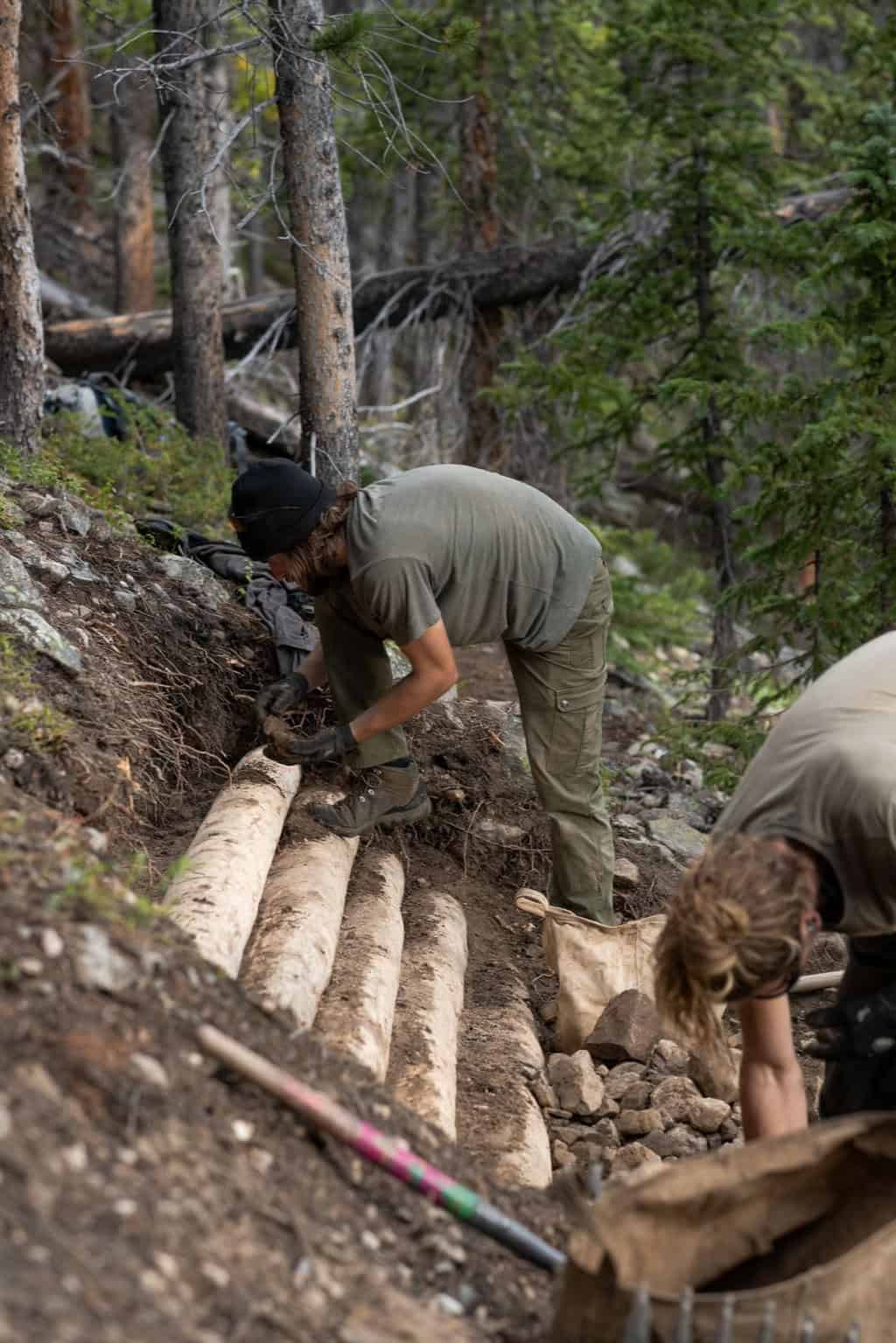
Thank you for your interest in CFI’s work and for reading my personal recap of the 2024 field season! -Chris Bjork


